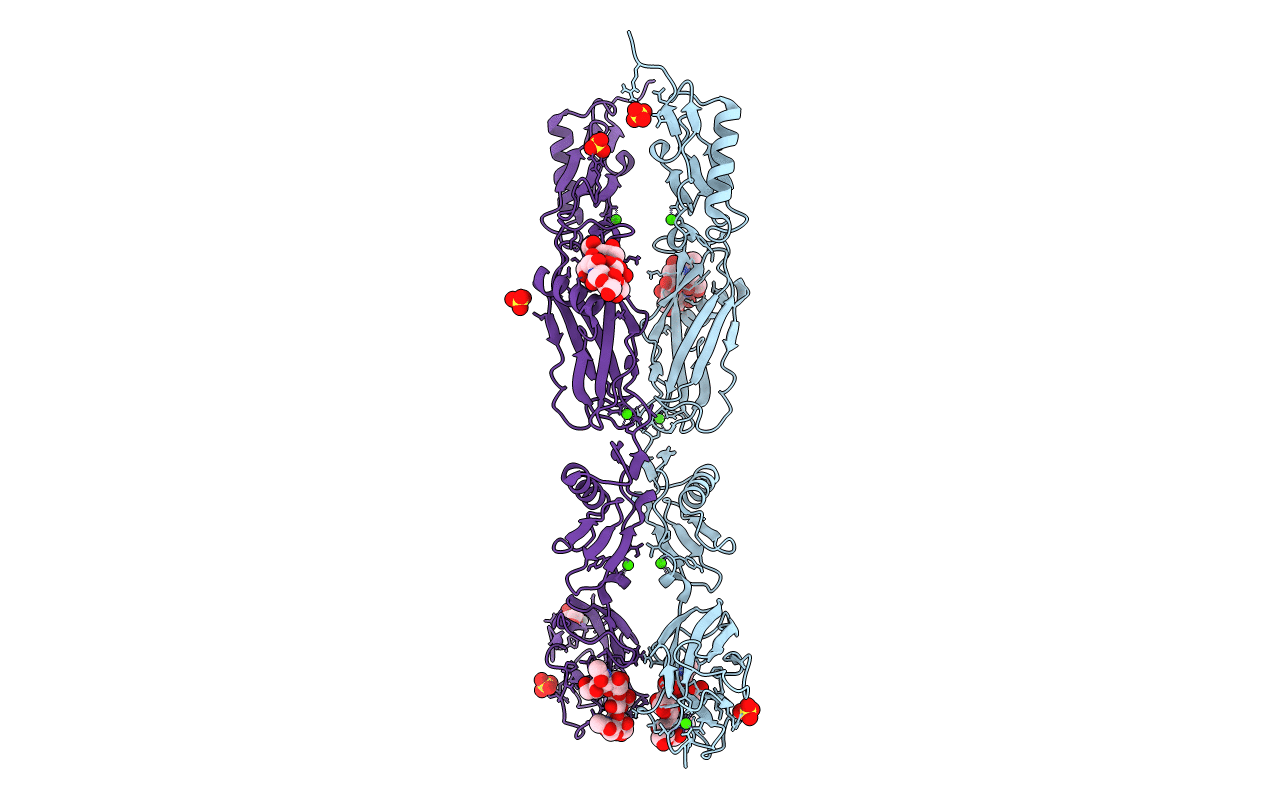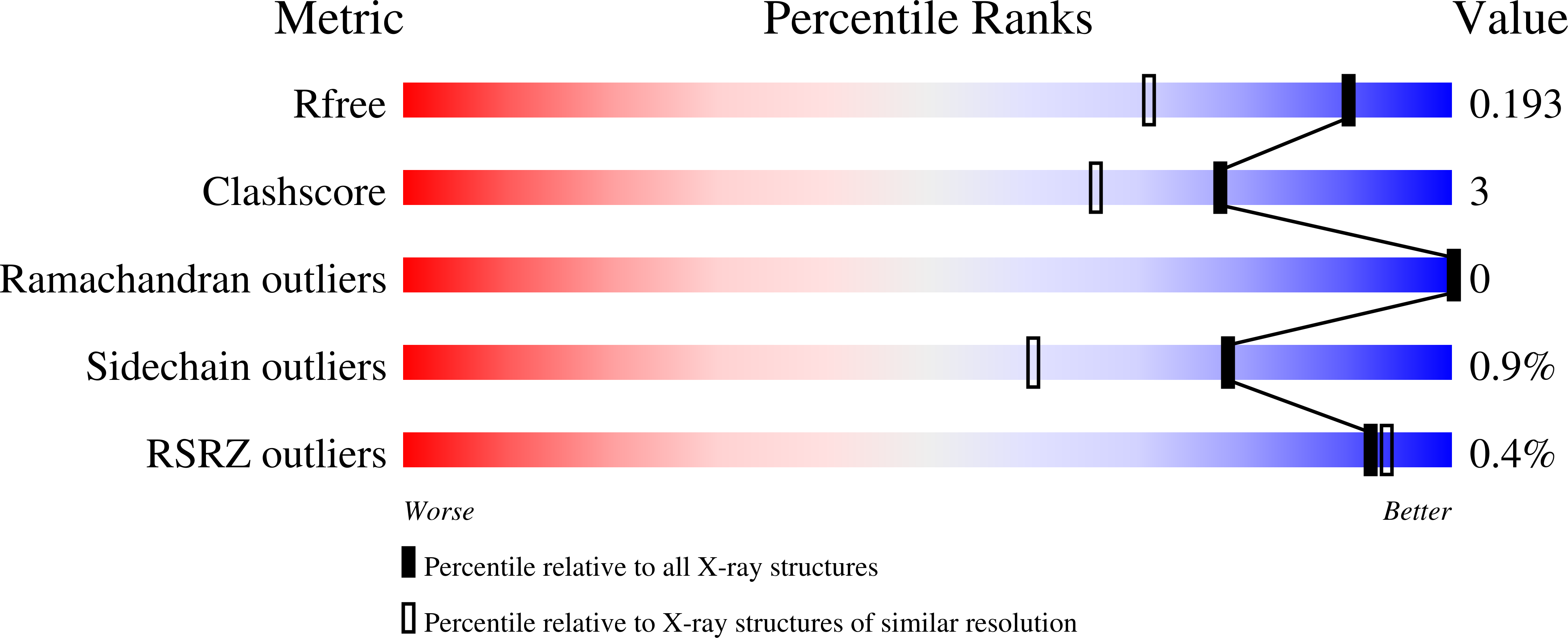
Deposition Date
2020-02-12
Release Date
2020-08-26
Last Version Date
2023-10-11
Entry Detail
PDB ID:
6VT2
Keywords:
Title:
Sialic acid binding region of Streptococcus sanguinis SK1 adhesin bound to sTa
Biological Source:
Source Organism:
Streptococcus sanguinis SK1 = NCTC 7863 (Taxon ID: 888807)
Host Organism:
Method Details:
Experimental Method:
Resolution:
1.52 Å
R-Value Free:
0.19
R-Value Work:
0.17
R-Value Observed:
0.17
Space Group:
P 21 21 2


